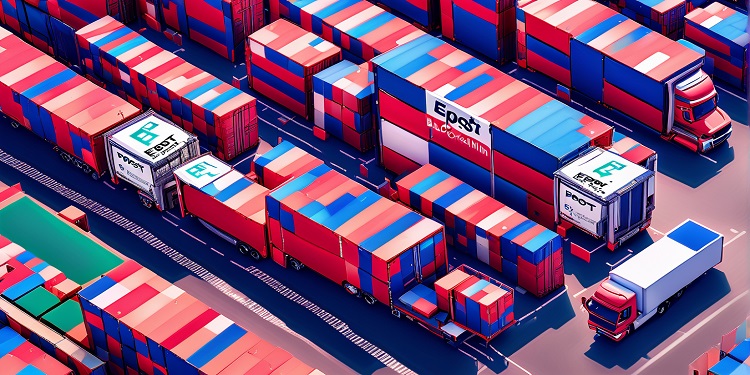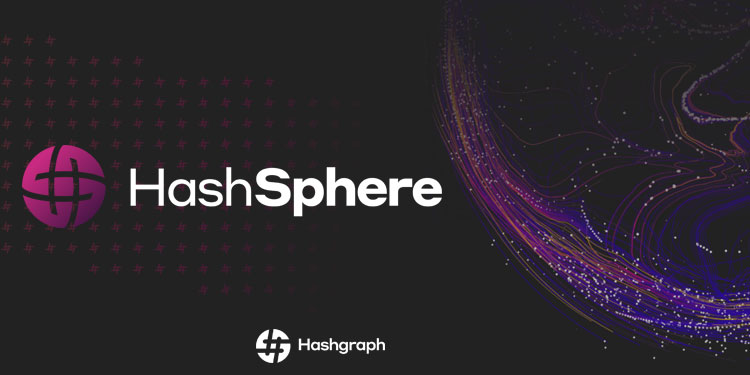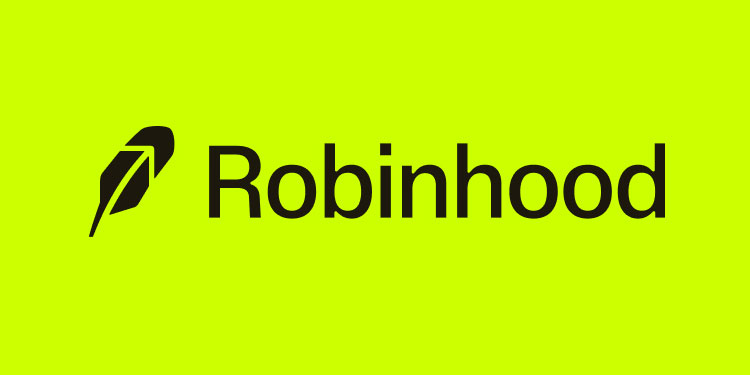
In the midst of the growing momentum behind artificial intelligence (AI), a notable shift in investor interest from cryptocurrency to generative AI startups has taken center stage. James Tromans, the Engineering Director of Web3 at Google Cloud, has shed light on the tech behemoth’s commitment to bridging the divide between AI and Web3. Central to this mission is the exploration of digital ownership and the future trajectory of technology.
Tromans delves into the essence of Web3, clarifying that its significance extends beyond data privacy, encompassing data ownership and the empowerment of individuals to exert greater control over their data. Moreover, it emphasizes the critical attributes of data provenance, immutability, and augmented security and traceability. Tromans is quick to underline the pivotal role of solving real-world business challenges in the Web3 realm, as opposed to fixating solely on token value speculation.
Tech Giant’s Vision Balances AI Innovation and Digital Ownership in Web3 Landscape
Underscoring Google Cloud’s strategic approach, Tromans elucidates the company’s intent to cater to diverse customers, irrespective of whether they are Web3 natives or traditional enterprises. Google’s foray into the Web3 domain has been marked by tangible steps, including its establishment as a transaction validator across various blockchain networks. This journey commenced with the formation of its inaugural Web3 team in May 2021, followed by the role of validator for transactions on the Ethereum side-chain Ronin network of Axie Infinity and the Solana network.
Tromans exudes a sense of optimism regarding the symbiotic potential of blockchain technology and AI in addressing complex economic challenges. However, he offers a word of caution against the hasty application of Web3 tools in scenarios where they might not be warranted. Tromans propounds that AI is not a panacea; instead, its power lies in enhancing operational efficiency, exemplified by AI-fueled contract drafting and auditing, which can expedite company and project time-to-market.
Amid criticisms voiced by certain quarters within the crypto community regarding the integration of Web3 projects onto legacy platforms like Google Cloud, Tromans confidently rebuts these concerns. He underscores that Google’s substantial infrastructure investments, including the deployment of fiber optic lines and undersea cables, actively contribute to the decentralization of networks. In his view, the universal and equitable adoption of Web3 technologies across all spectrums is a pivotal objective.
Google Cloud’s resolute dedication to Web3 integration reflects its overarching vision of embracing emerging technologies and enabling businesses and developers to harness the transformative potential of AI and the principles of digital ownership. This strategic alignment echoes Google’s historical inclination to explore and champion innovative avenues that reshape the technological landscape.
In conclusion, Google Cloud’s strategic emphasis on Web3 integration and the burgeoning domain of generative AI epitomizes its commitment to pioneering technological evolution. James Tromans’ insights underscore a balanced approach that aligns AI innovation with the principles of data ownership and empowerment. As Google Cloud extends its influence across the Web3 landscape, it reaffirms its role as a catalyst for progress, enabling enterprises and individuals to tap into the transformative power of technology.








